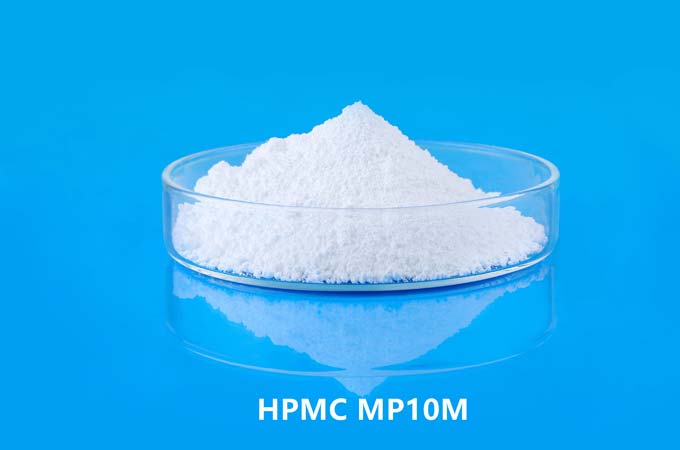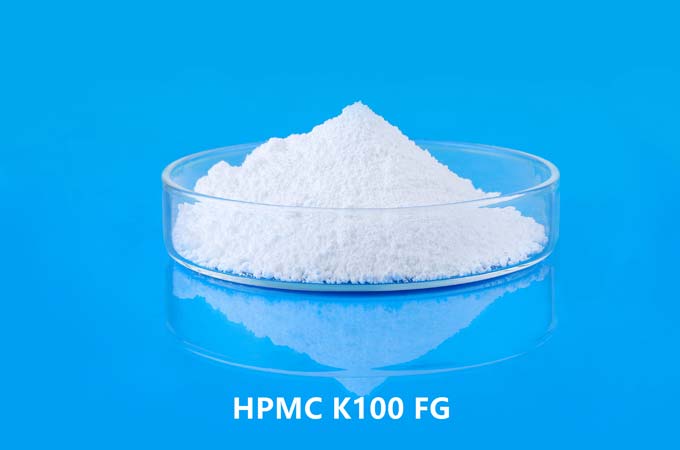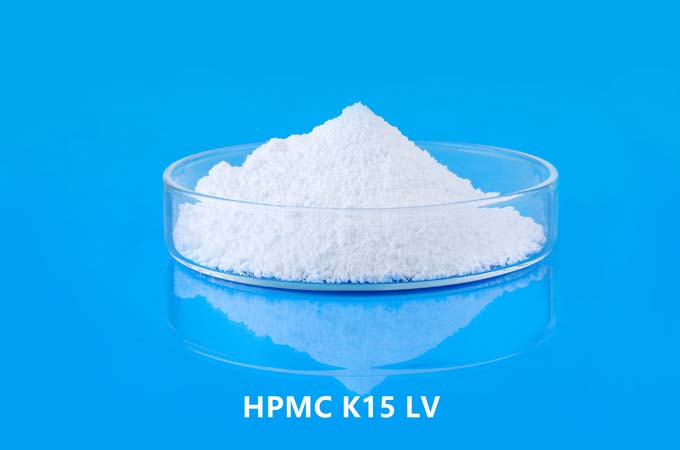Overview
Cellulose is a natural polymer compound, its chemical structure is a polysaccharide macromolecule based on anhydrous β-glucose, and there is one primary hydroxyl group and two secondary hydroxyl groups on each base ring. Through chemical modification, a series of cellulose derivatives can be obtained, and cellulose ether is one of them. Cellulose ether is a polymer compound with an ether structure made of cellulose, such as methyl cellulose, ethyl cellulose, hydroxyethyl cellulose, hydroxypropyl cellulose, carboxymethyl cellulose, etc. Generally, it can be obtained by the action of alkali cellulose and monochloroalkane, ethylene oxide, propylene oxide or monochloroacetic acid.
Performance and Features
1. Appearance Features
Cellulose ether is generally white or milky white, odorless, non-toxic, fluid fibrous powder, easy to absorb moisture, and dissolves into a transparent viscous stable colloid in water.
2. Film Formation and Adhesion
The etherification of cellulose ether has a great influence on its characteristics and performance, such as solubility, film-forming ability, bond strength and salt resistance. Cellulose ether has high mechanical strength, flexibility, heat resistance and cold resistance, and has good compatibility with various resins and plasticizers, and can be used to make plastics, films, varnishes, adhesives, latex and Drug coating materials, etc.
3. Solubility
Methylcellulose is soluble in cold water, insoluble in hot water, and also soluble in some organic solvents; methyl hydroxyethyl cellulose is soluble in cold water, insoluble in hot water and organic solvents. However, when the aqueous solution of methylcellulose and methylhydroxyethylcellulose is heated, methylcellulose and methylhydroxyethylcellulose will precipitate. Methylcellulose precipitates at 45-60°C, while the precipitation temperature of mixed etherified methyl hydroxyethyl cellulose increases to 65-80°C. When the temperature is lowered, the precipitate redissolves. Hydroxyethyl cellulose and sodium carboxymethyl hydroxyethyl cellulose are soluble in water at any temperature and insoluble in organic solvents.
4. Thickening
Cellulose ether dissolves in water in colloidal form, and its viscosity depends on the degree of polymerization of cellulose ether. The solution contains hydrated macromolecules. Due to the entanglement of macromolecules, the flow behavior of solutions is different from that of Newtonian fluids, but exhibits a behavior that changes with changes in shear force. Due to the macromolecular structure of cellulose ether, the viscosity of the solution increases rapidly with the increase of concentration and decreases rapidly with the increase of temperature.
Application
1. Petroleum Industry
Sodium carboxymethyl cellulose is mainly used in oil extraction, and it is used in the manufacture of mud to increase viscosity and reduce water loss. It can resist various soluble salt pollution and increase oil recovery. Sodium carboxymethyl hydroxypropyl cellulose (NaCMHPC) and sodium carboxymethyl hydroxyethyl cellulose (NaCMHEC) are good drilling mud treatment agents and materials for preparing completion fluids, with high slurrying rate and salt resistance , Good anti-calcium performance, good viscosity-increasing ability, temperature resistance (160 ℃) property. It is suitable for preparing drilling fluids for fresh water, sea water and saturated salt water. It can be formulated into drilling fluids of various densities (103-127g/cm3) under the weight of calcium chloride, and it has a certain viscosity and low fluid loss. , its viscosity-increasing ability and fluid loss reducing ability are better than hydroxyethyl cellulose, and it is a good additive for increasing oil production.
Sodium carboxymethyl cellulose is a cellulose derivative widely used in the process of oil extraction. It is used in drilling fluid, cementing fluid, fracturing fluid and improving oil recovery, especially in drilling fluid. It mainly plays the role of reducing fluid loss and increasing viscosity. Hydroxyethyl cellulose (HEC) is used as a mud thickening and stabilizing agent in the process of drilling, completion and cementing. Compared with sodium carboxymethyl cellulose and guar gum, hydroxyethyl cellulose has good thickening effect, strong sand suspension, high salt capacity, good heat resistance, small mixing resistance, less liquid loss, and gel breaking. Block, low residue and other characteristics, has been widely used.
2. Construction and Paint Industry
Sodium carboxymethyl cellulose can be used as a retarder, water retention agent, thickener and binder for building masonry and plastering mortar admixtures, and can be used as plaster, mortar and ground leveling materials for gypsum base and cement base It is used as dispersant, water retaining agent and thickener. A special masonry and plastering mortar admixture made of carboxymethyl cellulose, which can improve the workability, water retention and crack resistance of the mortar, and avoid cracking and voids in the block wall. drum. Building surface decoration materials Cao Mingqian and others made an environmentally friendly building surface decoration material from methyl cellulose. The production process is simple and clean. It can be used for high-grade wall and stone tile surfaces, and can also be used for surface decoration of columns and monuments.
3. Daily Chemical Industry
The stabilizing viscosifier sodium carboxymethyl cellulose plays the role of dispersion and suspension stabilization in the paste products of solid powder raw materials, and plays the role of thickening, dispersing and homogenizing in liquid or emulsion cosmetics. Can be used as a stabilizer and tackifier. Emulsion stabilizers are used as emulsifiers, thickeners and stabilizers for ointments and shampoos. Sodium carboxymethyl hydroxypropyl cellulose can be used as a stabilizer for toothpaste adhesives. It has good thixotropic properties, which makes toothpaste good in formability, long-term storage without deformation, and uniform and delicate taste. Sodium carboxymethyl hydroxypropyl cellulose has superior salt resistance and acid resistance, and its effect is far superior to that of carboxymethyl cellulose. It can be used as a thickener in detergents and an anti-stain agent. Dispersion thickener In the production of detergents, sodium carboxymethylcellulose is generally used as a dirt dispersant for washing powder, a thickener and a dispersant for liquid detergents.
4. Medicine and Food Industry
In the pharmaceutical industry, hydroxypropyl carboxymethylcellulose (HPMC) can be used as a drug excipient, widely used in oral drug matrix controlled release and sustained release preparations, as a release retarding material to regulate the release of drugs, as a coating material to delay Release formulations, extended-release pellets, extended-release capsules. The most widely used are methyl carboxymethyl cellulose and ethyl carboxymethyl cellulose, such as MC, which are often used to make tablets and capsules, or to coat sugar-coated tablets. Premium grade cellulose ethers can be used in the food industry, and are effective thickeners, stabilizers, excipients, water retaining agents and mechanical foaming agents in various foods. Methylcellulose and hydroxypropylmethylcellulose have been recognized as
Metabolically inert substance that is not harmful to physiology. High-purity (above 99.5%) carboxymethylcellulose (CMC) can be added to food, such as milk and cream products, condiments, jams, jelly, canned food, table syrup and beverages. Carboxymethyl cellulose with a purity of more than 90% can be used in food-related aspects, such as the transportation and storage of fresh fruits. This kind of plastic wrap has the advantages of good fresh-keeping effect, less pollution, no damage, and easy mechanized production.
5. Optical and Electrical Functional Materials
Electrolyte thickening stabilizer has high purity of cellulose ether, good acid resistance and salt resistance, especially low iron and heavy metal content, so the colloid is very stable, suitable for alkaline batteries, zinc-manganese batteries Electrolyte thickening stabilizer. Many cellulose ethers exhibit thermotropic liquid crystallinity. Hydroxypropyl cellulose acetate forms thermotropic cholesteric liquid crystals below 164°C.
Main Reference
1 Dictionary of Chemical Substances
2 Characteristics, preparation and industrial application of cellulose ether
3 Status Quo and Development Trend of Cellulose Ether Market
 English
English 日本語
日本語 français
français Deutsch
Deutsch Español
Español italiano
italiano русский
русский português
português العربية
العربية Türkçe
Türkçe Nederland
Nederland



